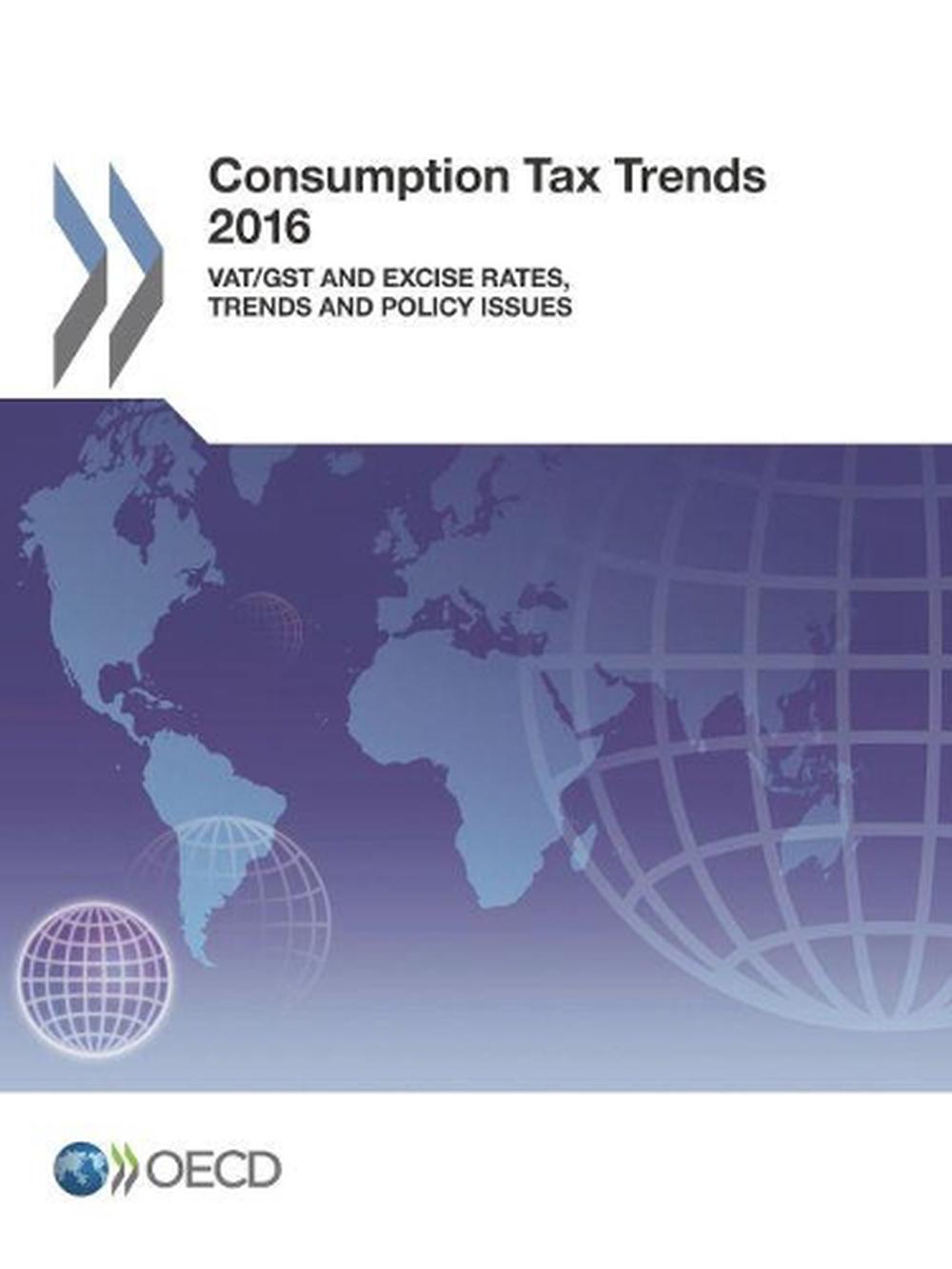

The credit-invoice method is by far the more common and is used by all national VATs except for Japan.

In the credit-invoice method, sales transactions are taxed, the customer is informed of the VAT on the transaction, and businesses may receive a credit for the VAT paid on input materials and services. There are two main methods of calculating VAT: the credit-invoice or invoice-based method and the subtraction or accounts-based method.
#CONSUMPTION TAX FULL#
: 14 As of 2018, 166 of the 193 countries with full UN membership employ a VAT, including all OECD members except the United States, : 14 where many states use a sales tax system instead. VAT raises about a fifth of total tax revenues both worldwide and among the members of the Organisation for Economic Co-operation and Development (OECD). The terms VAT, GST, and the more general consumption tax are sometimes used interchangeably. VAT is usually implemented as a destination-based tax, where the tax rate is based on the location of the consumer and applied to the sales price. Not all localities require VAT to be charged, and exports are often exempt. VAT is an indirect tax because the person who ultimately pays the tax is not necessarily the same person as the one who pays the tax to the tax authorities. It is similar to, and is often compared with, a sales tax. If the ultimate consumer is a business that collects and pays to the government VAT on its products or services, it can reclaim the tax paid. It is levied on the price of a product or service at each stage of production, distribution, or sale to the end consumer. A value-added tax ( VAT), known in some countries as a goods and services tax ( GST), is a type of tax that is assessed incrementally.


 0 kommentar(er)
0 kommentar(er)
